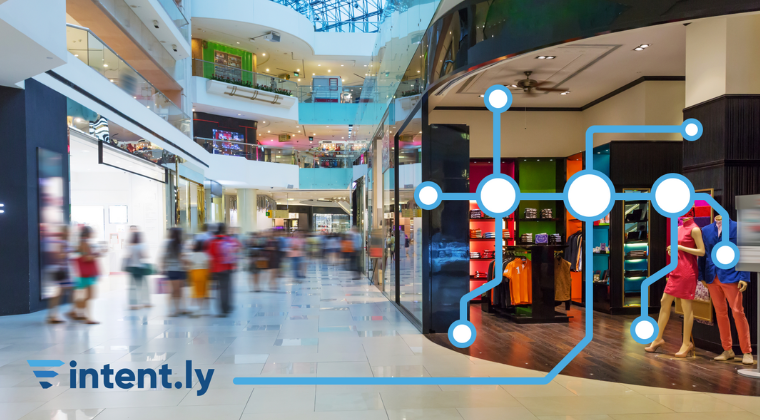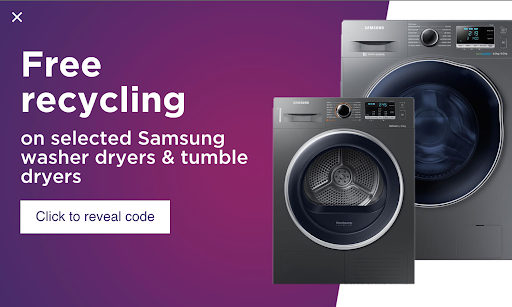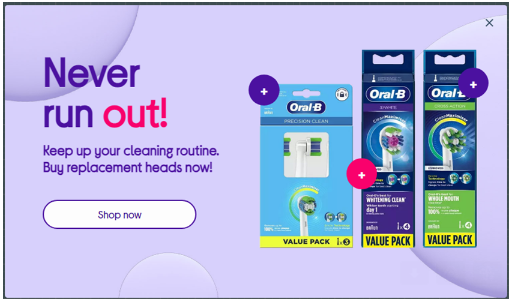Heuristics Series Part 2: Complementarity

Last month we kicked off our blog series on heuristics (the mental shortcuts that help simplify decision-making) and how to use them to understand and influence shopper behaviour. In part two, we explore the complementarity heuristic.
What are heuristics?
Heuristics are cognitive strategies that guide our thinking and behaviour, and are based on patterns, past experiences, and readily available information.
Last time we explored the scarcity heuristic, which can lead shoppers to believe something is more valuable or desirable if it is rare or in limited supply, and can result in impulse buying.
The complementarity heuristic
Some things just go together - popcorn and a movie, tea and cake, a coffee on the train. By combining two complementary products or brands we can often generate an experience that is perceived to be far more valuable than the sum of its parts.
In this way, marketers can use the complementarity heuristic to create offers that ignite ‘the feels’ in shoppers, making them more likely to buy (because we ‘buy in feeling’ and ‘justify with thinking’).
For example, brands can influence a buying decision by offering rewards that complement the initial purchase, such as getting a free coffee with a train ticket, or free country park entry with a new bike purchase. Or they can offer bundle deals to upsell related products or accessories.
This strategy creates a relationship or situation in which two or more different things improve or emphasise each other's qualities - resulting in an enhanced perception of value, and of getting a ‘good deal’.
In stores, this can be seen when coffee shops offer a free pastry with a hot drink purchase, or a sunglasses brand including a free case with the glasses. But online shopping is where new opportunities can be found, and the rising success of brand partnerships can be observed.
According to Awin, “A brand partnership campaign enables brands to reach like-minded customer audiences based on complementary sectors, demographics and customer values, whilst also providing a commercial opportunity to monetise your existing customer base and onsite inventory placements, and gain valuable first-party data”.
Awin's engaged portfolio of over 200 partner brands drove over 238,000 sales and £13m in incremental revenue in 2022.

In the product bundling example above, Currys displayed the website overlay to customers purchasing an Oral-B toothbrush - helping to increase AOV by 12%, with 63% of transactions adding the complementary product (toothbrush heads) to their final purchase.
So the complementarity heuristic can be a powerful tool for online marketers to reach new customers - who also have a higher potential for loyalty, thanks to the ‘good value’ feelings created by combining the right products.
Look out for our next blog on the third heuristic that can influence shopper behaviour - value perception - coming soon.
intent.ly customers typically see a 7x average conversion rate using our suite of proprietary real-time technology solutions. Our overlay campaigns intervene at the right moment, saving the session and providing truly measurable and incremental sales. Book a demo today.

.png)
.png)